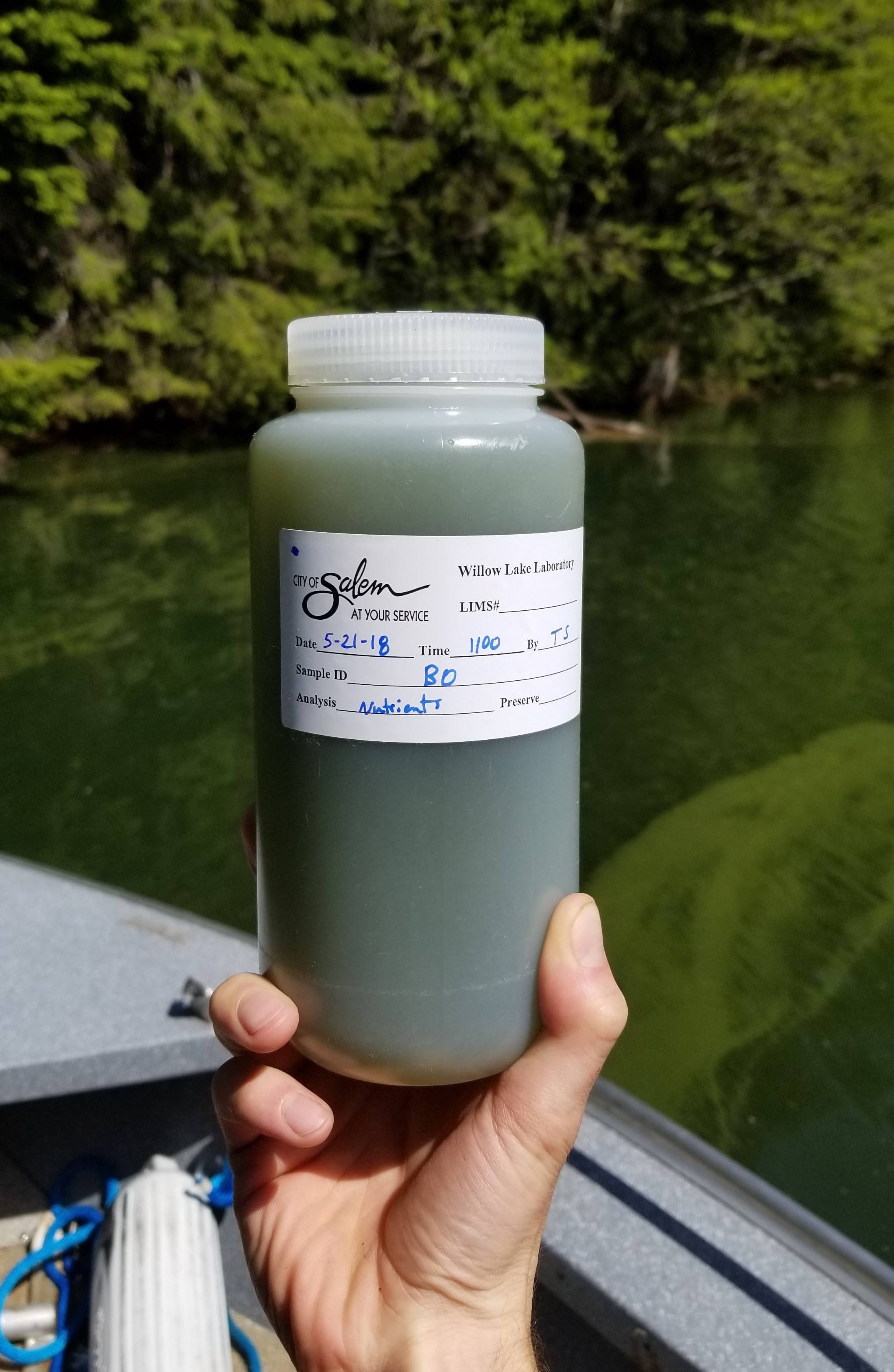Water from Detroit Lake has been studied for a number of years. For decades now the temperature, wind speed and rainfall have all been catalogued by State and Army monitoring stations. In addition, for the last five years the City of Salem Public Works have been taking periodic water samples from different locations around the lake, and analyzing the water for nutrient levels, as well as algal and toxin concentrations. These data are vital to knowing what is happening in the lake, and if and when a harmful algal bloom is occurring.

The key challenge is that a harmful algal bloom might occur in between the time when water is taken from the lake to be analyzed. As a consequence, these data have often been used retroactively. A key advance would be to create proactive information, in the form of harmful algal bloom predictions. This is where mathematics and methods from computer science, like Machine Learning, come in. The data collected already can be used to make predictions for when harmful algal blooms may occur. In addition to making predictions, these mathematical models can inform us as to the important things to measure, where to do so and how frequently.
The mathematical models that have been developed are flexible enough to take in new data. For example, in the near future the City of Salem may take water samples from new locations, and analyze the samples for new and different things. Satellite data is also a key new data source: images taken from satellites passing over can provide us information about the color of the lake water; if the lake is green, there is probably algae growing in abundance, while if the lake is blue, it is clear.
